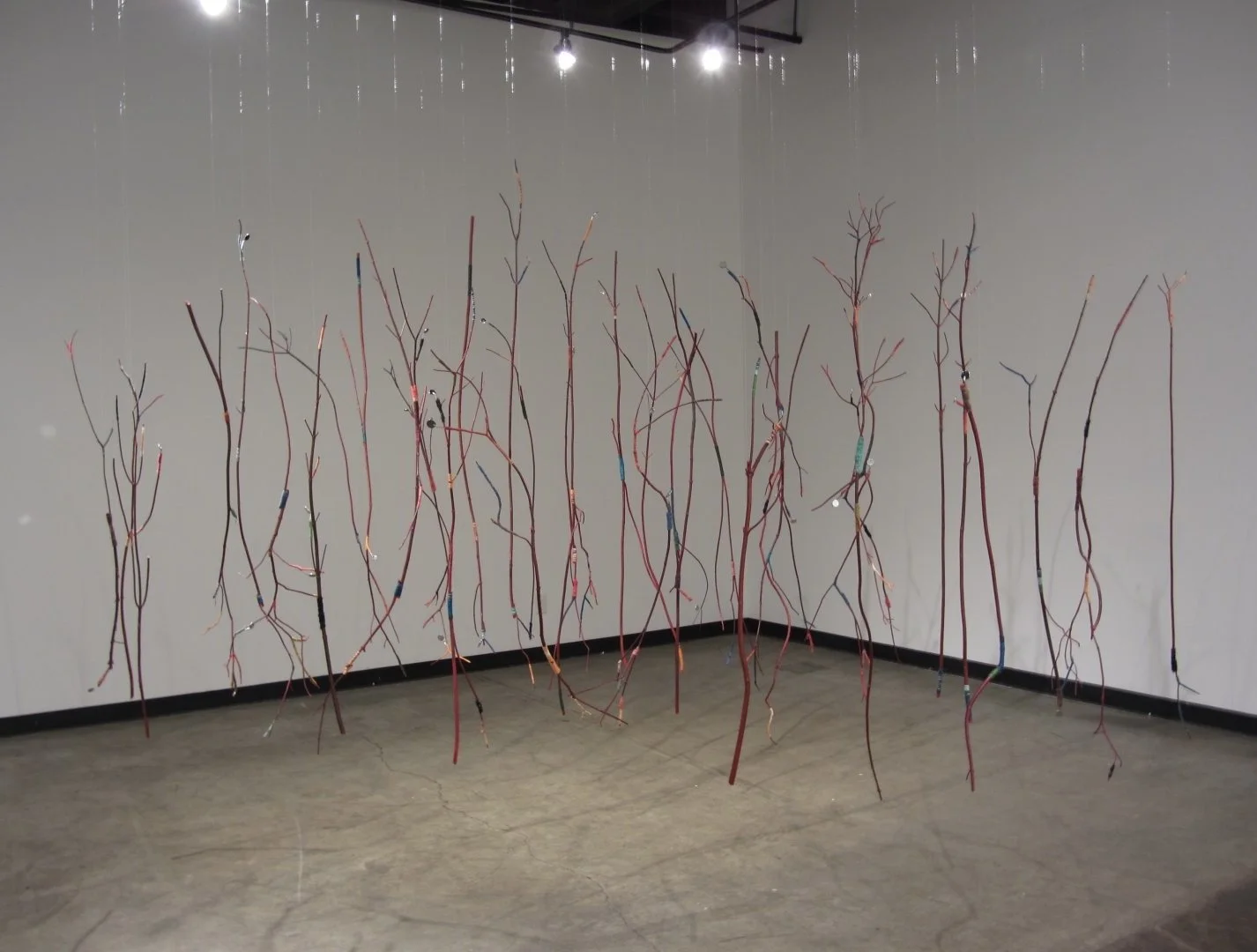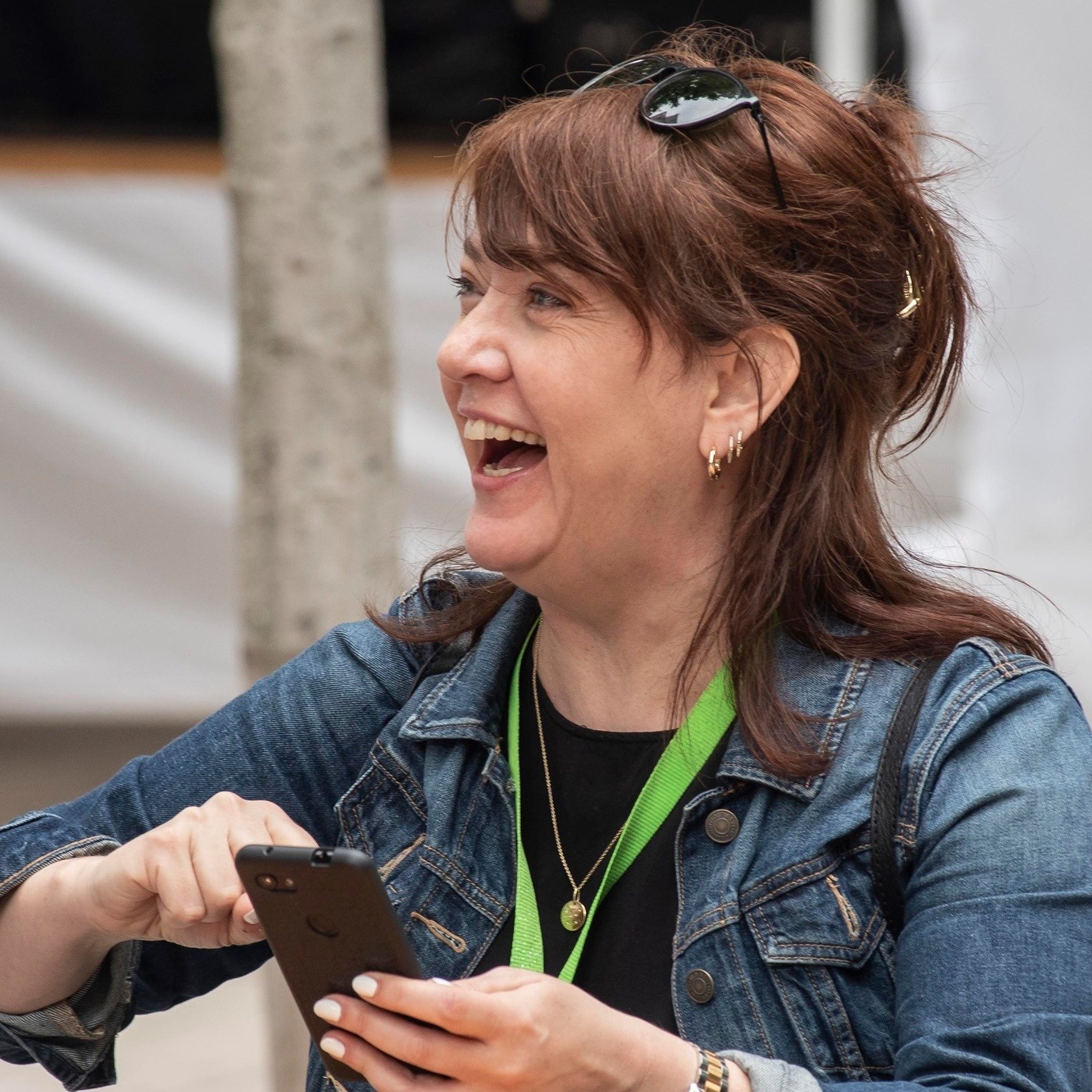From Inuit drawings to documentary photographs, Audain Art Museum ventures to the Arctic
Two new exhibitions feature works by Inuit artist Itee Pootoogook and photojournalist Louie Palu
Canadian Rangers from Resolute Bay and Arctic Bay train soldiers in Arctic survival at temperatures as low as minus 60 degrees Celsius at the Crystal City training site in Resolute Bay, Nunavut. 2015–18 Pigment print Image courtesy of the artist and Stephen Bulger Gallery. © Louie Palu. Palu’s work was supported by funding from the John Simon Guggenheim Memorial Foundation, National Geographic Magazine and Pulitzer Center.
Audain Art Museum presents Itee Pootoogook: Hymns to the Silence and Louie Palu: Distant Early Warning to September 6.
AS WHISTLER OPENS up for the summer, the Audain Art Museum is taking visitors to the Arctic, with two new exhibitions offer distinct views on life in the Great White North.
Itee Pootoogook: Hymns to the Silence is an intimate look at Inuit ways of life and the Nunavut landscape; Louie Palu: Distant Early Warning features the National Geographic photographer’s images of the region’s militarization.
“The two shows offer very interesting perspectives on the North,” says Audain Art Museum director and chief curator Curtis Collins in an interview with Stir. “One is from a resident’s perspective and the other is from a visitor. Visually, they’re quite different but thematically they go together with different perspectives on the North, which is critical to Canadian identity.”
Guest curated by Nancy Campbell, Itee Pootoogook: Hymns to the Silence is the first full-scale retrospective of the late Inuit artist, with more than 60 coloured pencil and graphite drawings on paper.
Pootoogook was among the third generation of Inuit artists from Kinngait (Cape Dorset); he was the son of artists Ishuhungitok and Paulassie Pootoogook, and the cousin of Annie Pootoogook. He started his art practice in the 1970s and eventually became involved in the West Baffin Eskimo Cooperative at Kinngait Studios, the longest continuously running print studio in Canada.
Itee Pootoogook (1951 ‑ 2014) Untitled (Man with Hoodie and Sunglasses), 2012, coloured pencil and graphite on paper, 49.5 × 64.8 cm. Collection of Christopher Bredt and Jamie Cameron.
Pootoogook focused on contemporary subjects and based many of his drawings on photographs. A detailed draftsperson and imaginative landscapist, he created imagery that is often compared works by icons like Alex Colville and Christopher Pratt. He could take a fairly mundane subject and imbue it with exquisite light.
“This is an interesting exhibition in that this is another stream of Inuit art that’s gaining traction, a more documentary style of imagery of what it’s like to live in the Arctic,” Collins says. “A lot of the focus is on strangely very ordinary things—by that I mean things like government-issued houses from the ’60s and ’70s. There’s one drawing of fairly nondescript lamp. In many of the works he really emphasizes the ordinary and the everyday, but he raises it to a level of aesthetic by the meticulous nature of his drawing and well thought-out colour combinations.
“Then there’s really brilliant landscape-based work, where in some instances there’s three bands of colour—land, sea, and sky—and in addition to being landscapes they look quite abstract; it’s very fascinating. He seems to have a great facility in capturing light and different qualities of light—sunset and midday. I suppose the thing that stands out is his drawing is incredibly meticulous and he’s doing all this with really short strokes with the pencil.”
One of the images that’s particularly impactful in Collins’s view is that of the West Baffin co-op. “It’s really a nondescript building—a government issued building—but what’s come out of that building is jut incredible,” he says. “It’s a white building with red stripe on the façade, and that’s it, but that building is critical to art in Canada.
“It’s a very quiet show,” Collins adds. “You can spend a lot of time with it, observing different treatments of light, day and evening; different treatments of architecture; and different treatments of landscapes, inhabited or not.”
Accompanying the exhibition is a book in English and Inuktitut featuring entries by Campbell as well as responses to Pootoogook work from prominent contemporary artists and art historians.
Louie Palu: Distant Early Warning, meanwhile, has its origins in the photographer’s John Simon Guggenheim Foundation Fellowship, from 2015 to 2018, which evolved into an assignment for National Geographic. Palu, who was born in Canada to poor Italian immigrant parents, has led projects for the New York Times, the BBC and Der Spiegl, among other outlets. Here, he documents remnants of the Cold War and what today’s increased military presence in the North looks like.
Think C-117 Air Force transport aircraft, a US Navy nuclear-powered submarine jutting out of the ice, red-stained snow blocks shaped into an X as signals for aerial searches, and in-process military exercises where soldiers appear to be lying in a snow grave.
“The Arctic is increasingly important as a military location, as shipping will increase, but it’s all rooted on the original DEW line,” Collins says.
Both exhibitions were organized and circulated by the McMichael Canadian Art Collection in Kleinburg, Ontario.
For more information, see Audain Art Museum.















